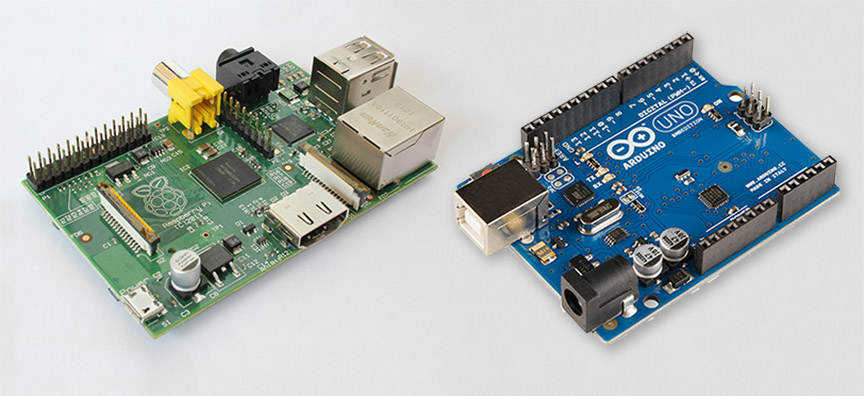Among developers, interactive designers, and digital artists, Processing is an enormously popular way to build compelling experiences with minimal coding. We’ve seen hundreds of Leap Motion experiments using Processing, from Arduino hacks to outdoor art installations, and the list grows every week.
James Britt, aka Neurogami, is the developer behind the LeapMotionP5 library, which brings together our Java API with the creative power of Processing. He’s just rolled out a major update to the library, including a new boilerplate demo and a demo designed to bridge hand input with musical output. We caught up with James to ask about the library, his latest examples, and how you can get started.


